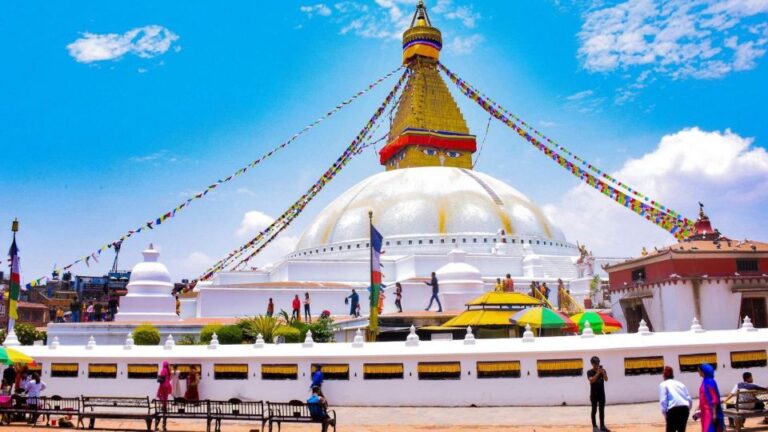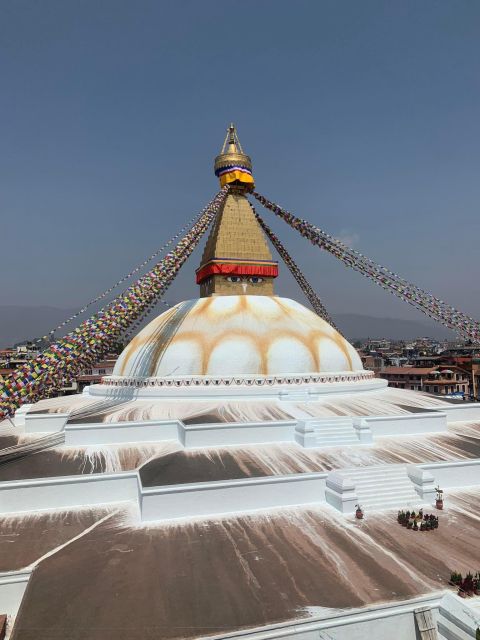Everest Base Camp Short Trek
Venture into the lesser-known world of the Everest Base Camp Short Trek, where trekkers can witness the awe-inspiring beauty of the Himalayas in a compact 12-day journey.
But did you know that besides the magnificent landscapes, this trek offers a chance to interact with the resilient Sherpa community and discover their unique way of life?
As the trek unfolds, travelers are sure to be captivated by the hidden gems and cultural treasures that await along the trail.
Stay tuned to uncover the hidden wonders that make this trek a must-do for any adventure enthusiast.
Good To Know
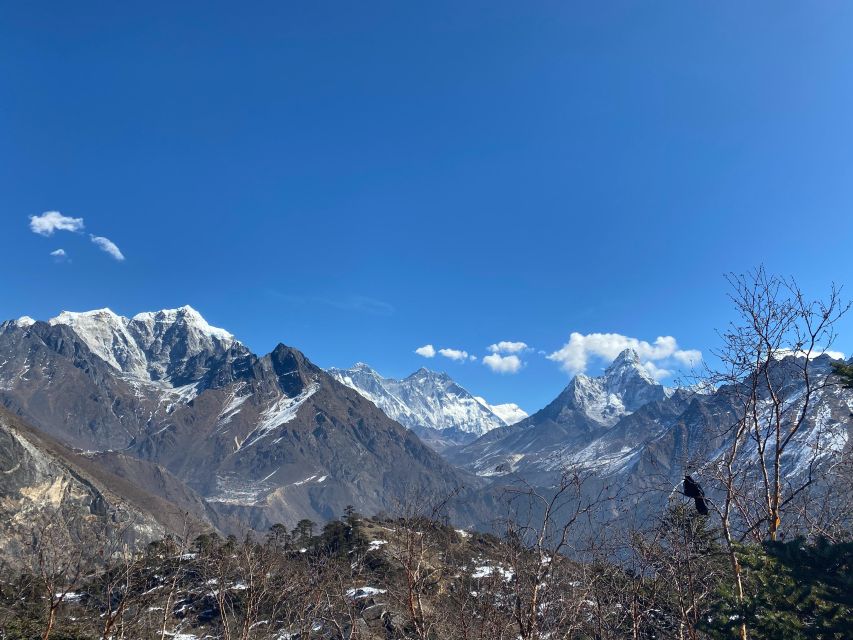
- Experience vibrant Sherpa culture and spiritual sites.
- Enjoy breathtaking Himalayan mountain views and legendary trekking paths.
- Benefit from inclusive services like meals, guides, and permits.
- Follow safety guidelines, prepare adequately, and choose multilingual guides for a smooth trekking adventure.
Tour Details and Booking Information

For those planning to embark on the Everest Base Camp Short Trek, the tour details and booking process offer a seamless and flexible experience tailored to suit various preferences and needs.
Weather conditions along the trek can vary from pleasantly warm to freezing cold, so packing layers is essential.
Local cuisine plays a significant role in the trekking experience, with options ranging from traditional Nepali dal bhat to international dishes to cater to different tastes.
Trekkers can enjoy hearty meals at teahouses along the route, providing a taste of the local flavors and a chance to refuel after a day of hiking.
Experience Highlights of the Trek
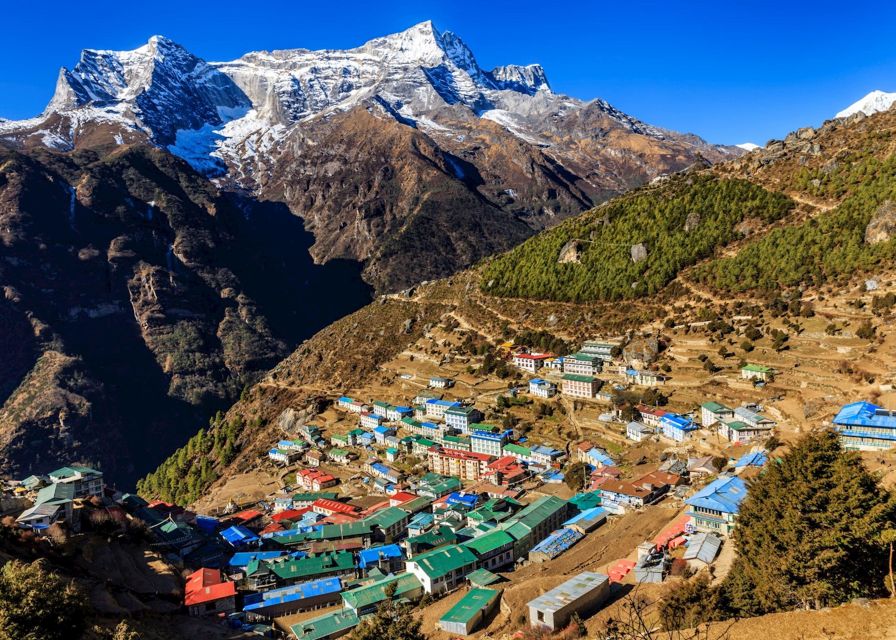
Embark on the Everest Base Camp Short Trek to learn about the rich tapestry of temples, stupas, and the vibrant Sherpa culture nestled in the Khumbu Valley. The trek offers breathtaking panoramic views of the majestic Himalayan mountains, providing a once-in-a-lifetime experience.
As you traverse through the picturesque landscapes, you’ll have the opportunity to delve deep into the heart of the Sherpa culture, learning about their traditions, lifestyle, and warm hospitality. Engboche Monastery stands as a serene spot along the journey, adding a spiritual touch to the adventure.
This trek, also known as the Easy Everest Trek, follows in the footsteps of legendary pioneers like Edmund Hillary and Tenzing Norgay Sherpa, making it a truly remarkable and enlightening expedition.
Inclusions and Services Provided
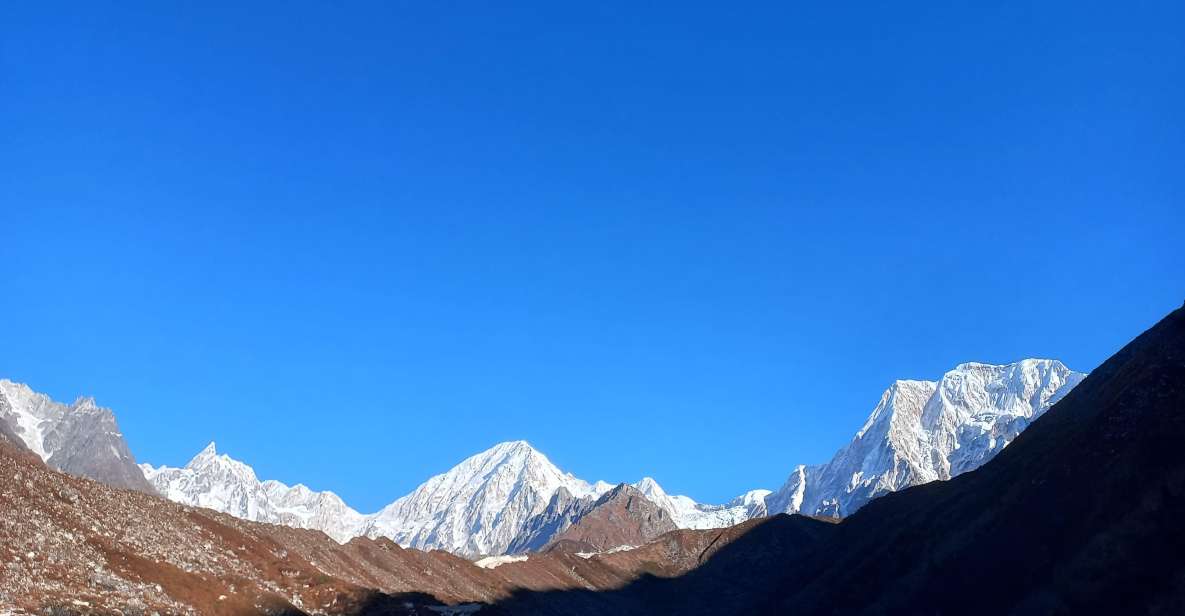
Upon booking the Everest Base Camp Short Trek, travelers can expect a comprehensive package of inclusions and services to enhance their trekking experience. Accommodation options range from cozy teahouses to comfortable lodges along the route, providing a warm and welcoming place to rest after a day of trekking. Meal arrangements consist of three hearty meals a day, offering a variety of local and international dishes to refuel trekkers for the journey ahead.
Plus, English-speaking guides and staff support are provided to ensure a smooth and enjoyable trekking experience. With airport pick-up and drop-off by private vehicle, required permits, and TIMS Card included, adventurers can focus on seeing the breathtaking landscapes and rich culture of the Everest region.
Prohibited Items for the Trek
When gearing up for the Everest Base Camp Short Trek, trekkers must be mindful of the list of prohibited items to ensure a safe and enjoyable journey through the stunning landscapes of the Himalayas. It’s essential to follow these safety precautions and packing essentials:
- Luggage or large bags
- Alcohol, drugs, and oversize luggage
- Baby carriages and strollers
- Smoking and high-heeled shoes
These prohibited items are in place to prioritize safety and the preservation of the natural environment along the trekking route. By adhering to these guidelines, trekkers can have a smoother and more enriching experience while exploring the majestic Everest region.
Preparation Tips for the Adventure
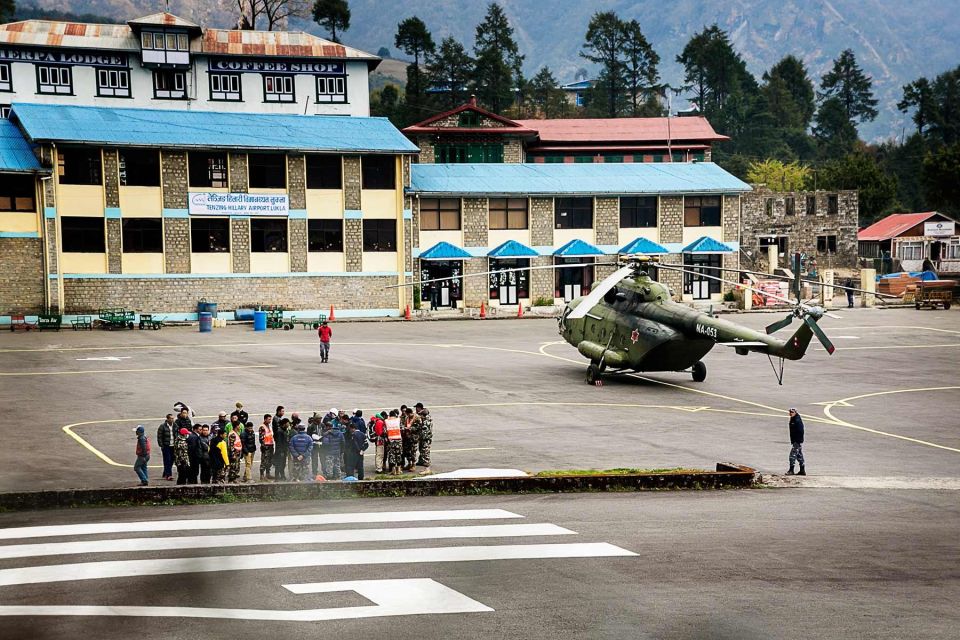
To prepare adequately for the adventure of the Everest Base Camp Short Trek, trekkers should prioritize acquiring or renting essential trekking gear, ensuring they’ve proper footwear like trekking boots, and packing necessary medications for the journey.
Packing essentials such as warm clothing, a sleeping bag, a first aid kit, and high-energy snacks is crucial. Altitude precautions are vital, so trekkers are advised to acclimatize slowly, stay hydrated, and be mindful of any signs of altitude sickness.
It’s also recommended to plan buffer days around the trek for flexibility in case of unexpected delays due to weather conditions. Lastly, considering travel insurance that covers altitudes up to 6,000m can provide added security for the journey.
Available Language Options for Guides
Visitors on the Everest Base Camp Short Trek can enjoy the services of live tour guides proficient in English, French, Hindi, Chinese, and Russian, enhancing their trekking experience with multilingual support. These language options not only aid in communication but also provide cultural insights, enriching the overall journey.
Here are some key points to consider regarding the available language options for guides:
- Guides fluent in multiple languages offer a deeper understanding of local customs and traditions.
- Language diversity allows for a more inclusive and immersive experience for trekkers.
- Multilingual guides facilitate seamless interactions with locals, fostering a sense of connection.
- Exploring the region with guides speaking various languages opens doors to a broader range of cultural exchanges.
Essential Permits and Cards Required
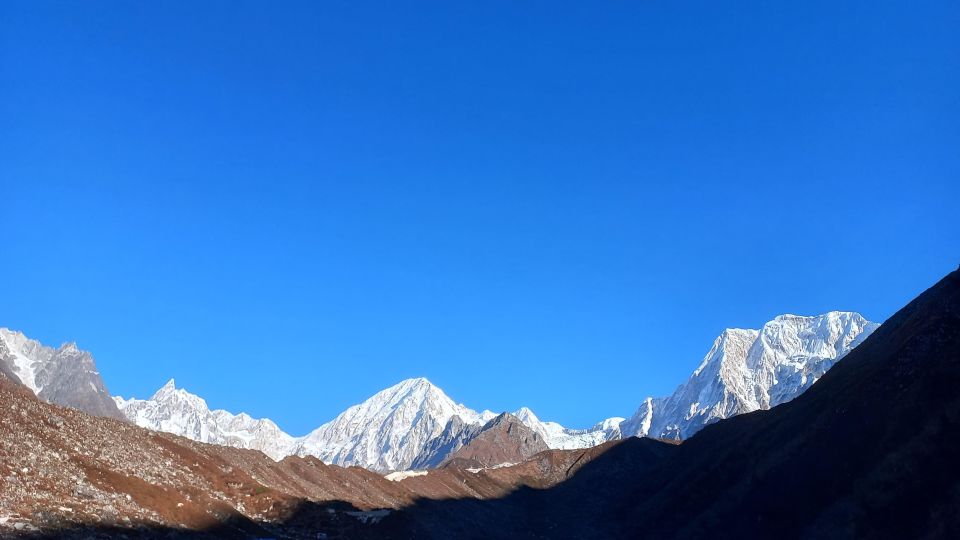
For a seamless trekking experience on the Everest Base Camp Short Trek, ensure you have the essential permits and TIMS Card readily available to explore the stunning Himalayan landscapes. Permit regulations in the Everest region are strictly enforced to protect the environment and ensure safety. You’ll need specific documents like the Sagarmatha National Park Permit and the Khumbu Pasang Lhamu Rural Municipality Entrance Permit. These permits are essential for trekking in the Everest region and must be obtained before starting your journey.
Plus, carrying the Trekkers’ Information Management System (TIMS) Card is mandatory. This card helps authorities keep track of trekkers in the region for safety purposes. Make sure to have all the necessary paperwork in order to enjoy your trekking adventure hassle-free.
Safety Guidelines and Altitude Considerations
As trekkers embark on the Everest Base Camp Short Trek, prioritizing safety guidelines and considering altitude factors is paramount for a successful and enjoyable journey through the majestic Himalayas. Altitude sickness can affect anyone regardless of fitness level, so it’s crucial to acclimatize properly.
Adequate trekking gear, including sturdy boots and warm clothing, is essential for comfort and safety. Plus, carrying necessary medications and being prepared for changing weather conditions are key precautions. Travel insurance covering altitudes up to 6,000m can provide added security.
Frequently Asked Questions
What Is the Best Time of Year to Do the Everest Base Camp Short Trek?
The best time of year to do the Everest Base Camp Short Trek is during the pre-monsoon (February to May) and post-monsoon (late September to December) seasons. These periods offer clear weather conditions, ideal for mountain views and enjoying local cuisine.
Are There Any Specific Cultural Customs or Etiquette That Trekkers Should Be Aware of During the Journey?
When trekking, it’s essential for trekkers to respect local customs and etiquette. Understanding cultural traditions like greeting locals with a "Namaste," removing shoes before entering homes, and avoiding public displays of affection enhances the journey experience.
How Challenging Is the Trek in Terms of Physical Fitness and Acclimatization?
Altitude challenges on treks like this require good fitness levels and proper acclimatization. Training beforehand, pacing oneself, staying hydrated, and acclimatization breaks are crucial. It’s important to listen to the body and follow the guidance of experienced guides.
Are There Any Unique Wildlife or Flora That Trekkers Might Encounter Along the Way?
Trekkers along the route may encounter unique wildlife and diverse flora. Keep an eye out for Himalayan Tahr, snow leopards, and Danphe, Nepal’s national bird. The trail also features various rhododendron forests, junipers, and alpine vegetation.
What Emergency Protocols Are in Place in Case of Altitude Sickness or Other Medical Issues During the Trek?
In case of altitude sickness or other medical issues during the trek, the team provides immediate treatment for altitude sickness and arranges medical evacuations if needed. Trekkers’ safety and well-being are a top priority.
Not for you? Here's more of our most recent tour reviews happening neaby
- Everest Base Camp Helicopter Tour Stop at Everest View Hotel
- Everest Base Camp Trek: 12 Days
- Everest Base Camp: Helicopter Landing Tour (4-5 Hours)
- Everest Base Camp Trek – 14 Days
- Classic Everest Base Camp Hike
- Everest Basecamp Luxury Trekking
- Luxury Everest Base Camp Heli Trek 9 Days
- Everest Helicopter Landing Tour
The Sum Up
Embark on the Everest Base Camp Short Trek for an unforgettable journey filled with culture, breathtaking landscapes, and historical significance.
With expert tour leaders in multiple languages, seamless inclusions, and iconic landmarks to explore, this adventure promises an immersive experience like no other.
Follow in the footsteps of mountaineering legends, unravel the mysteries of Sherpa culture, and create lasting memories amidst the majestic Himalayan splendor.
Get set for an unforgettable adventure of a lifetime!
